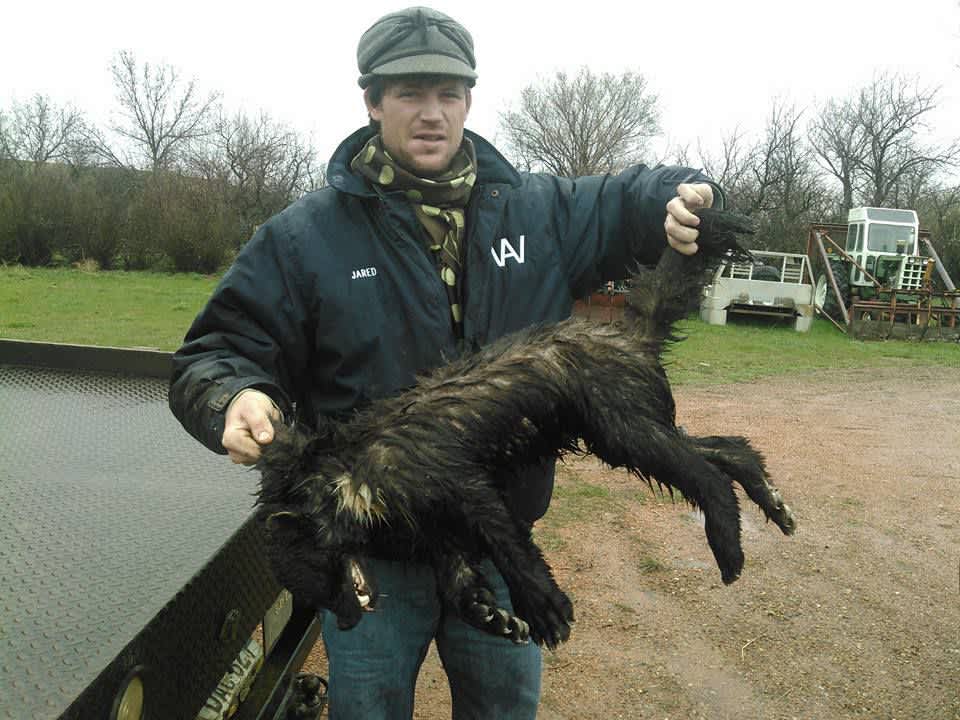North Dakota Ranch Hand Shoots Animal Attacking Cows, Turns out to Be Wolverine
OutdoorHub Social 05.12.16

The first wolverine to be spotted in North Dakota in nearly 150 years came to an unceremonious end last month after it was shot and killed while harassing livestock. The 30-pound male wolverine was shot by a ranch hand near Alexander after it was spotted in a calving pasture on April 24. The ranch hand, Jared Hatter, said the critter was “tormenting the cows” when he found it. It is unknown whether Hatter had identified the creature as a wolverine before he shot it, or thought it was some other predatory animal.
In either case, officials say that Hatter appeared to have done nothing wrong. Although North Dakota may not have had a visit from a wolverine in well over a century, the state surprisingly still has a closed hunting season for the animal. More to the point, the state also allows ranchers to kill predators that attack or harass livestock. In this case, it just happened to be an animal that covered a lot of territory.
Stephanie Tucker, a furbearer biologist for the North Dakota Game and Fish’s Wildlife Division, believes the wolverine may have made a record journey. Initially, wildlife officials suspected the wolverine may have come from Montana. Scattered and unconfirmed reports of a wolverine in the area can be traced back to March, and a wolverine may have last been seen in the Hingham area.
“It could be the same individual—it’s not often for these things to take off across the prairie,” Tucker told the Helena Independent Record. “The fact one was seen in northeast Montana before one turned up here, the odds are greater it’s the same individual than two individuals at the same time.”
However, data recovered from a tracking device on the animal showed that it may have actually come from as far away as Colorado. The wolverine was fitted with the tracking device in 2008 just south of Yellowstone National Park. In 2012, when the device’s battery died, the wolverine was enjoying a stay in Colorado.
“That little critter’s put on a lot of miles,” Jeb Williams, chief of North Dakota Game and Fish’s Wildlife Division, told The Bismarck Tribune.
Tucker hopes that more data could be gleaned from the tracking device, perhaps shedding some light on how—and why—the animal ended up in North Dakota.
As for the wolverine itself, the carcass was turned over to wildlife officials, who plan to mount the wolverine and put it on display. Not the most glamorous of ends, but at least its stay will be commemorated.

